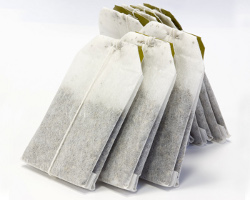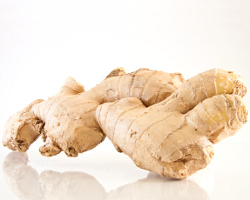How can I reuse or recycle a chicken carcass after making stock?
 We’ve started getting a meat box delivery from Swillington Farm – a local organic farm. All the meat is organic, the animals have been treated well during their lives and the food miles are very low — in fact for the chicken we had over the weekend, the only food miles were the ones delivering it here to us (about 15miles, and they deliver to other people in the area during the same trip) – but it is considerably more expensive than buying from a cheap meat from a supermarket. We’re careful about food waste anyway when it’s expensive, we’re doubly careful about making use out of every single bit of it!
We’ve started getting a meat box delivery from Swillington Farm – a local organic farm. All the meat is organic, the animals have been treated well during their lives and the food miles are very low — in fact for the chicken we had over the weekend, the only food miles were the ones delivering it here to us (about 15miles, and they deliver to other people in the area during the same trip) – but it is considerably more expensive than buying from a cheap meat from a supermarket. We’re careful about food waste anyway when it’s expensive, we’re doubly careful about making use out of every single bit of it!
So the main meat portions have been eaten or frozen to be eaten later this month, the giblets & skin cooked into a pate for the cats, and the carcass has been picked over for meat then slow cooked into a stock. But is there anything I can do with the bones after the stock?
I know some people with sealed composting systems/bokashi bins add bones to that. As we have an open (or at least not full sealed) bin and live near woodland, I’d worry about foxes (especially as our live and considerably more meaty chickens are nearby). But to get the bones into the garden, I know some people make their own bonemeal fertiliser from old chicken/other animal bones — has anyone done that? If so, any advice or things to avoid?
I’ve also heard about people using chicken carcasses for catching fish or crayfish – but I think the idea is that they’re raw and a bit stinky; these picked-clean cooked bones might not be enticing enough. Again, anyone know?
Any other suggestions?



 Over on
Over on  I spotted this question on
I spotted this question on  Karen left a question on the Suggest an Item page:
Karen left a question on the Suggest an Item page: We’ve had an email from Janet:
We’ve had an email from Janet:














